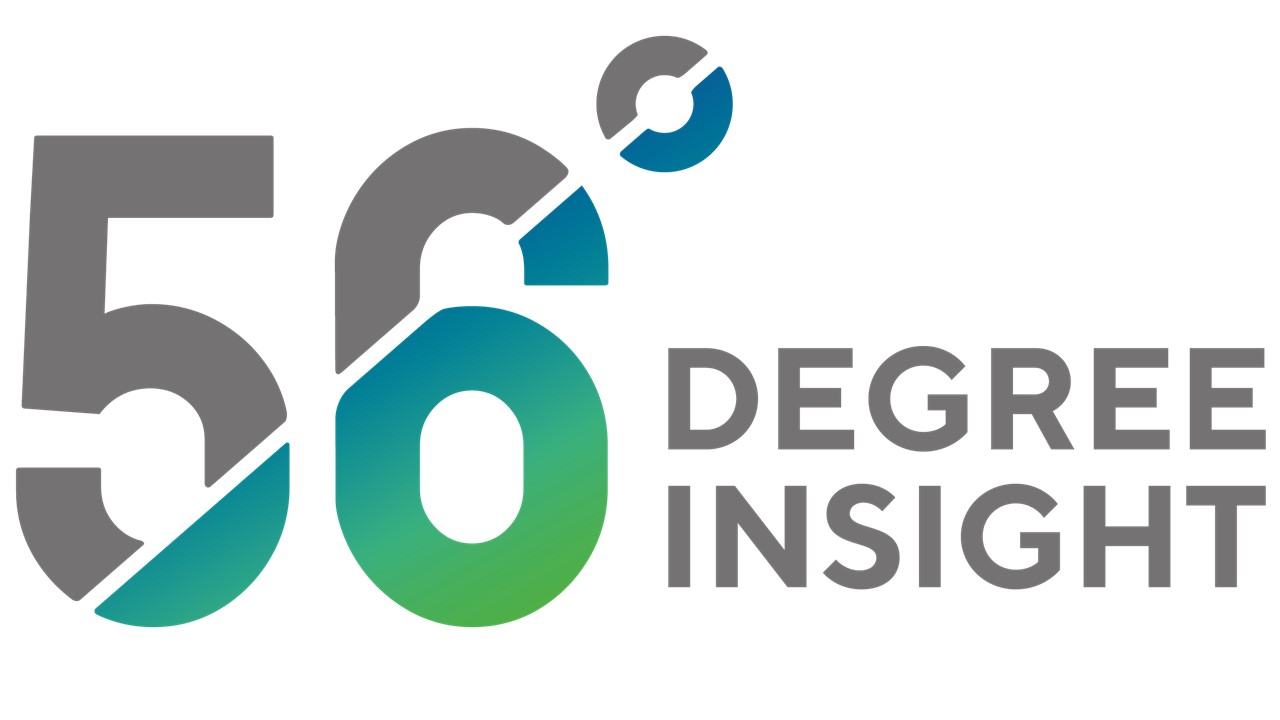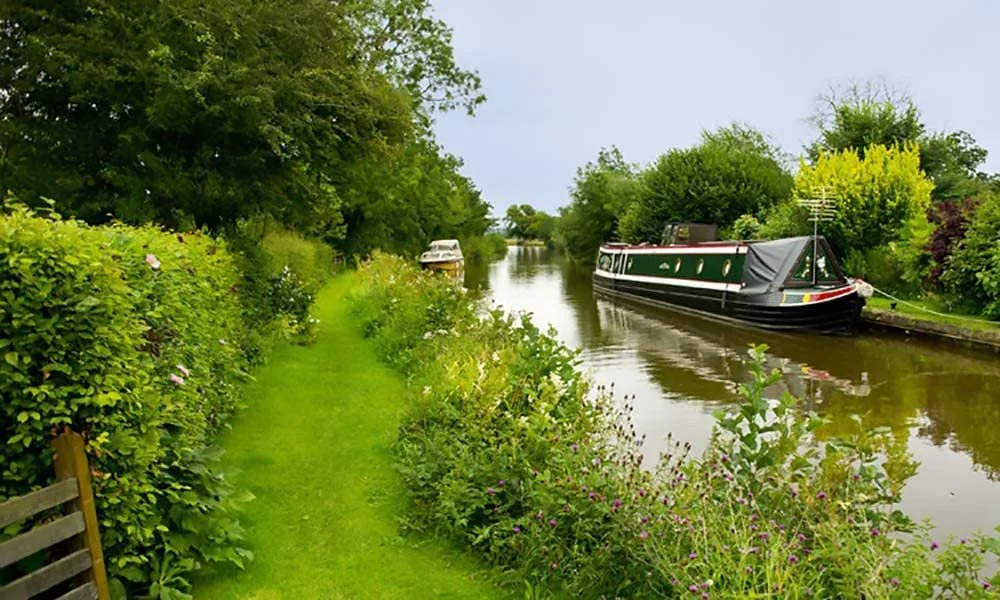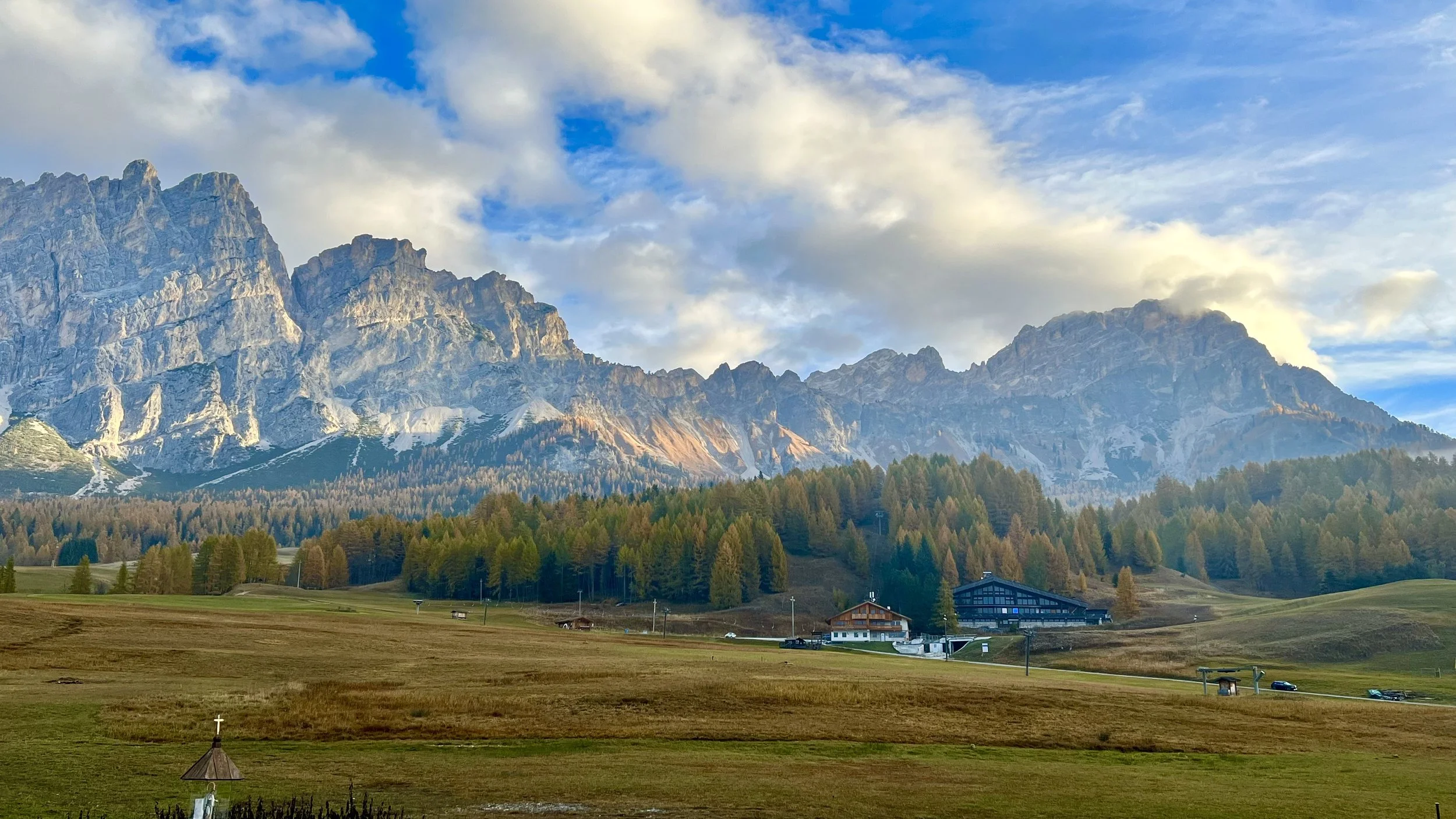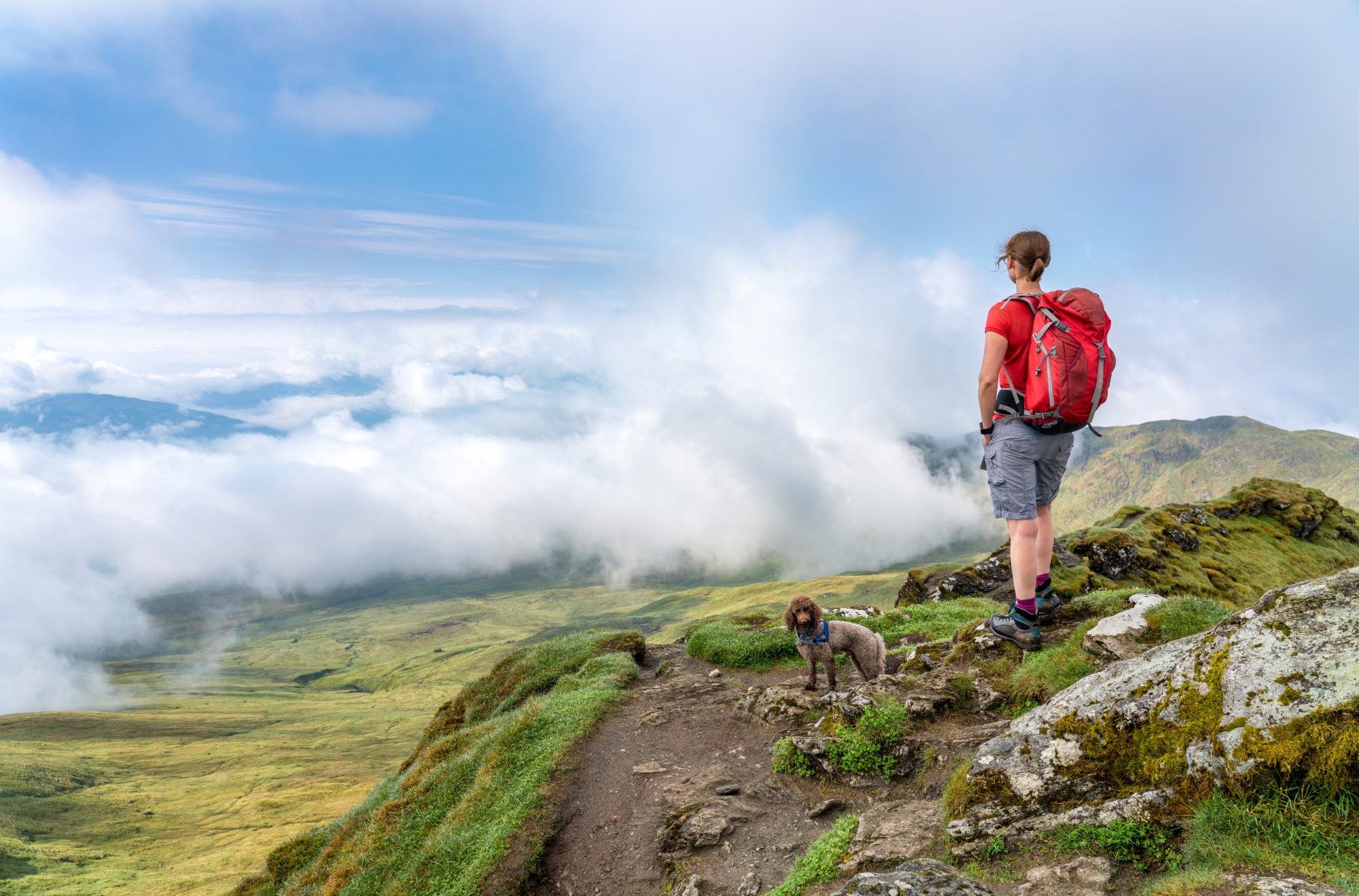We were hoping for sunshine over the weekend as we began fieldwork for a major new visitor survey on behalf of the Canal & River Trust. Working with our face to face fieldwork partners Walnut we’ll be undertaking over 100 days of face to face interviewing with visitors to a selection of the Trust’s visitor attractions across England and Wales during May and June. Eight of their main attractions will be included, including Anderton Boat Lift, the Tees Barrage, Pontcysyllte Aqueduct near Wrexham and their museums in Gloucester, Ellesmere Port and Stoke Bruerne.
After a long period of restrictions on face to face interviewing we’re delighted to be back in the field (or should I say on the towpath..). The survey will invite visitors to provide their feedback on their experience at the attraction, what they enjoyed most, what could be improved and their reactions to the possible options for enhancing the visitor experience. We will also capture valuable information the profile of who is visiting Canal & River Trust sites including demographics such as age and life stage and visit details such as transport modes used and whether visitors are on holiday or a day out.
With over 2,000 interviews due to be completed with visitors over the period, the survey will provide a wealth of new insights for each attraction and the ability to compare results by key visitor segments. These insights will be used by the Trust to increase the benefits gained by those who visit their sites (including learning, health, wellbeing and happiness), increase diversity of those visiting and ensure that the attractions are maximising the benefits to the communities they lie within.
If you’d like to find out more about the Canal & River Trust and their work click here - https://canalrivertrust.org.uk
To hear more about the survey get in touch with the team at 56 Degree Insight.















